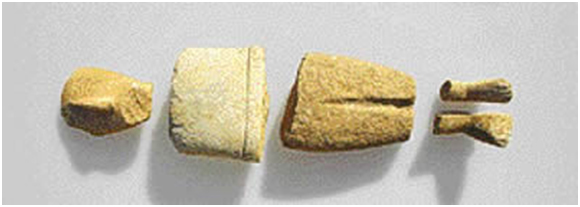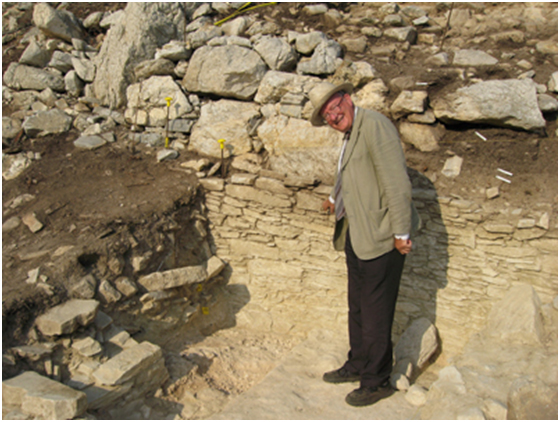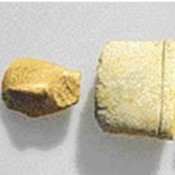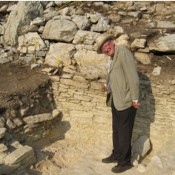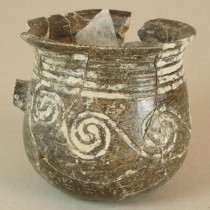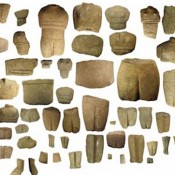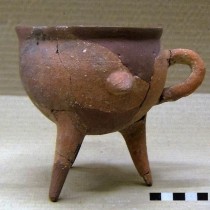During the last two decades of the 20th century and the first twelve years of this century our knowledge of Cycladic prehistory has grown in leaps and bounds, owing to new field surveys and, especially, systematic excavations at remarkable sites unknown before the 1980s. The publication of material from old excavations, recent general studies of the Cycladic world taken full advantage of this work and studies that have compared Cycladic sites to those in other areas of the Aegean have played their role in this development. In addition, continued investigations at previously known, yet no less important, Cycladic sites have contributed greatly to the discourse.
This Cycladic Seminar aims to highlight recent research, while interpreting it in the light of older data, a strategy that, in many cases, will lead to a reconsideration of the old data. The seminar will also emphasize on studies based on material with a known context.
The foundations of Cycladic prehistory were laid by Christos Tsountas with excavations he conducted in the Cyclades under the auspices of the Archaeological Society at Athens in late 19th century, and by his two seminal studies, “Kykladica” and “Kykladica II”, published in the Society’s journal, Archaiologike Ephemeris, in 1898 and 1899. To this day some of the most important excavations of prehistoric sites in the Cyclades are also conducted under the auspices of the Archaeological Society. The Society seems, therefore, to be the proper venue for organizing a Cycladic Seminar.
Cycladic Seminar meetings will take place in the small hall of the Archaeological Society’s megaron, 22 Panepistimiou St., at 7.00 p.m. Papers presented to the Seminar will last 45 minutes and will be followed by discussion. The annual seminar programme and abstracts of the presentations will be posted on the Society’s website (www.archetai.gr/Επικαιρότητα). The seminar is organized by Marisa Marthari.
The first lecture will be given on Monday, January 14th, by Professor Colin Renfrew who will present “The Early Cycladic Settlement at Dhaskalio, Keros and the sanctuary at Kavos in the light of the 2006 to 2008 excavations: Deciphering a mystery.”
The pioneering excavations by Christos Doumas in 1963 at the looted site of Kavos on Keros, followed by those of Photeini Zapheiropoulou, revealed a mystery which neither those of 1987 by Doumas, Marangou and Colin Renfrew, nor the publication of “The Keros Hoard” by Peggy Sotirakopoulou, were able to resolve. Why were all the finds at Kavos broken in fragments? Why so many? What were the relations of this site with the settlement on the small islet of Dhaskalio, now lying 90 metres offshore?
The excavations at both Kavos and Dhaskalio in 2006 to 2008 have revealed clear evidence for a pan-Cycladic sanctuary at Kavos (fig. 1) in the Εarly Βronze Αge and a major settlement on Dhaskalio (fig. 2). Together they document what appears to be the first regional ritual centre of the Aegean, perhaps the first maritime ritual centre in the world. Is it now possible to speak of a Confederacy of Keros, which flourished in the Cyclades in the later third millennium BC?
The seminar programme will continue with following lectures: Christina Televantou “The Neolithic settlement at Strophilas, Andros: Expanding the horizons of Cycladic prehistory and iconography” (Tuesday, 2 April); Christos Doumas “Akrotiri, Thera: The first settlement” (Tuesday, 4 June); Jack L. Davis, Sharon R. Stocker & Hariklia Brecoulaki “Of ships – and sealing wax, fig trees – and kings: The Theran miniature frieze, the Pylos ship frieze, and power in the Mycenaean world” (Tuesday, 26 November).
